The unsuccessful test of Russia’s intercontinental ballistic missile (ICBM) “Sarmat” (also known as Satan II) in September of this year underscores earlier assessments that the state of Russia’s nuclear arsenal may be overestimated. The failed launch, which resulted in the destruction of the missile and its silo, raises questions about the Kremlin’s threats towards the West and its muted response to Ukraine’s recent military incursions into Russian territory. In light of these developments, the revision of Russia’s nuclear doctrine seems more like a psychological operation aimed at inflating the perceived nuclear threat from Moscow and deterring Western support for Ukraine’s use of long-range weaponry against Russia.
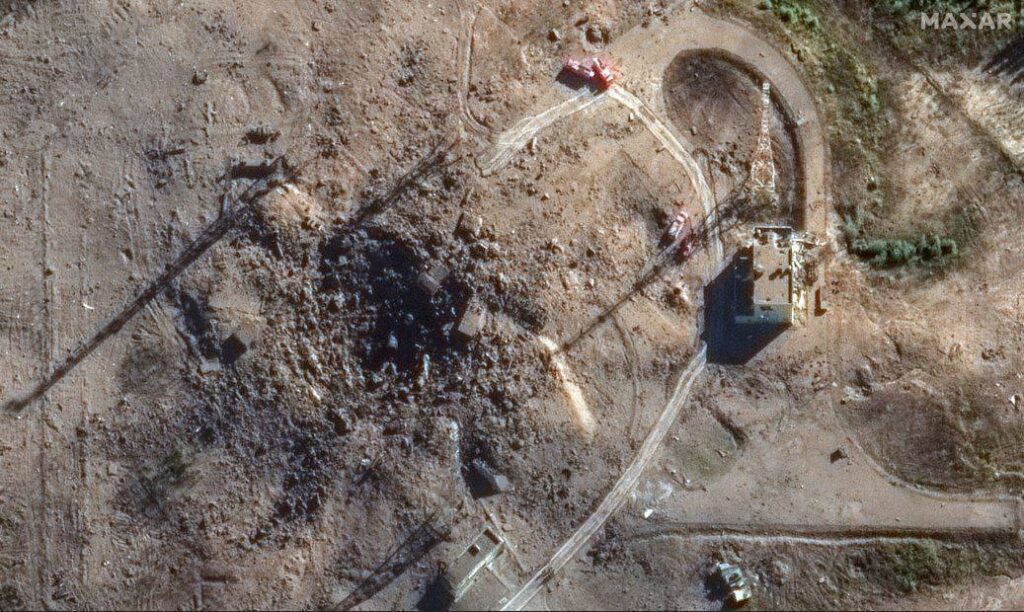
- At the very least, Moscow’s maneuvering has applied pressure on Western policymakers, stalling the authorization of such long-range capabilities for Kyiv. This has also led intelligence circles in the West to exaggerate the likelihood of a Russian nuclear response—a scenario that appears less credible. While Russia has demonstrated readiness for sabotage operations in Europe and political subversion, its willingness to employ nuclear weapons against NATO countries is believed to be minimal.
- The test failure has delayed the development of the Sarmat program, leaving Russia without a fully operational heavy missile. The previous generation of ICBNs, such as the “Voevoda,” has faced technical issues for over a decade, and its operational lifespan has ended. Although the Sarmat was formally added to the arsenal in September 2023, no Strategic Missile Forces regiment has yet been equipped with it. This supports the notion of a critical shortfall in Russia’s nuclear delivery systems.
- For two years now, the Sarmat missile has shown signs of technical unpreparedness. Combined with concerns over the reliability of Russia’s nuclear warheads themselves, this raises the possibility that Russia’s nuclear capabilities may be overestimated. There is also growing suspicion that the Kremlin leadership lacks accurate information regarding the true condition of its nuclear arsenal. This uncertainty likely fuels the periodic nuclear threats issued by the regime’s officials and may explain the search for grounds to resume nuclear testing in Russia.
- In this context, Russian propagandists like Margarita Simonyan have floated the idea of detonating a nuclear device over Russian territory under the pretext of disabling NATO’s telecommunications infrastructure. However, this proposal appears to be more of a public opinion test for the potential resumption of nuclear testing, driven by doubts about the reliability of Russia’s arsenal.
- Notably, key figures in the regime, such as Nikolai Patrushev and Sergey Chemezov, have refrained from issuing such threats, likely due to their knowledge of the true state of the arsenal.
- The possible causes of the missile explosion in its launch silo include:
- – Error in fueling the missile, possibly due to inadequate personnel training, which could increase operational risks.
- – Errors during the defueling process after identifying a technical issue.
- – Fuel leakage during the launch preparation, pointing to the missile’s technical deficiencies.
- – First-stage engine explosion after ignition, highlighting further technical imperfections.
- – A failure in the engine ignition command sequence, leading to a crash, explosion, and destruction of the silo.
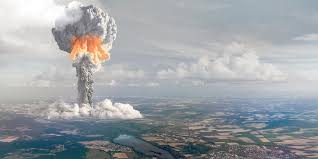
More on this story: Russia’s nuclear threats: risks and responsive options
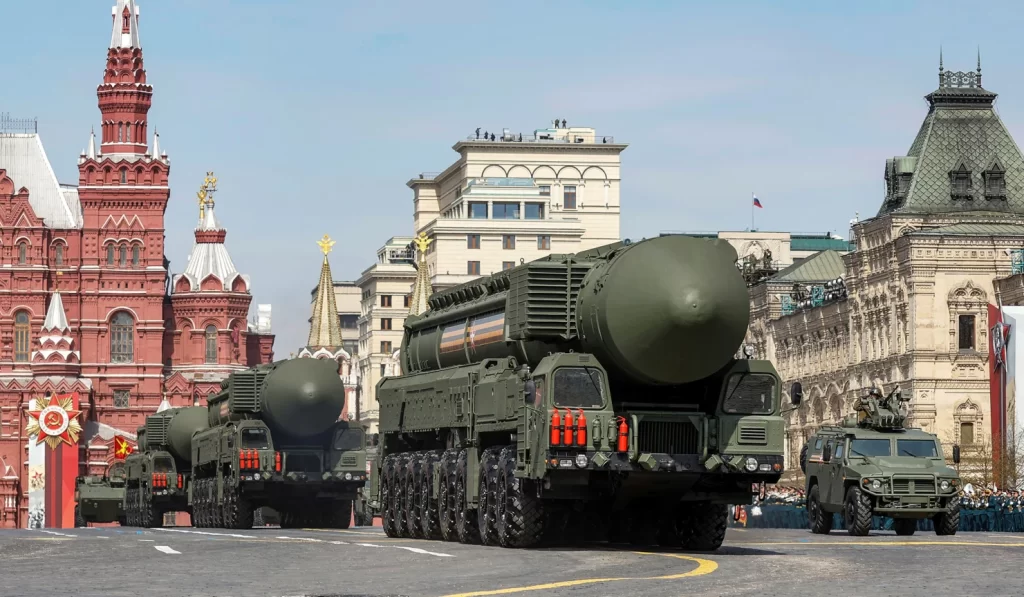
More on this story: Russia’s nuclear arsenal seems grossly exaggerated
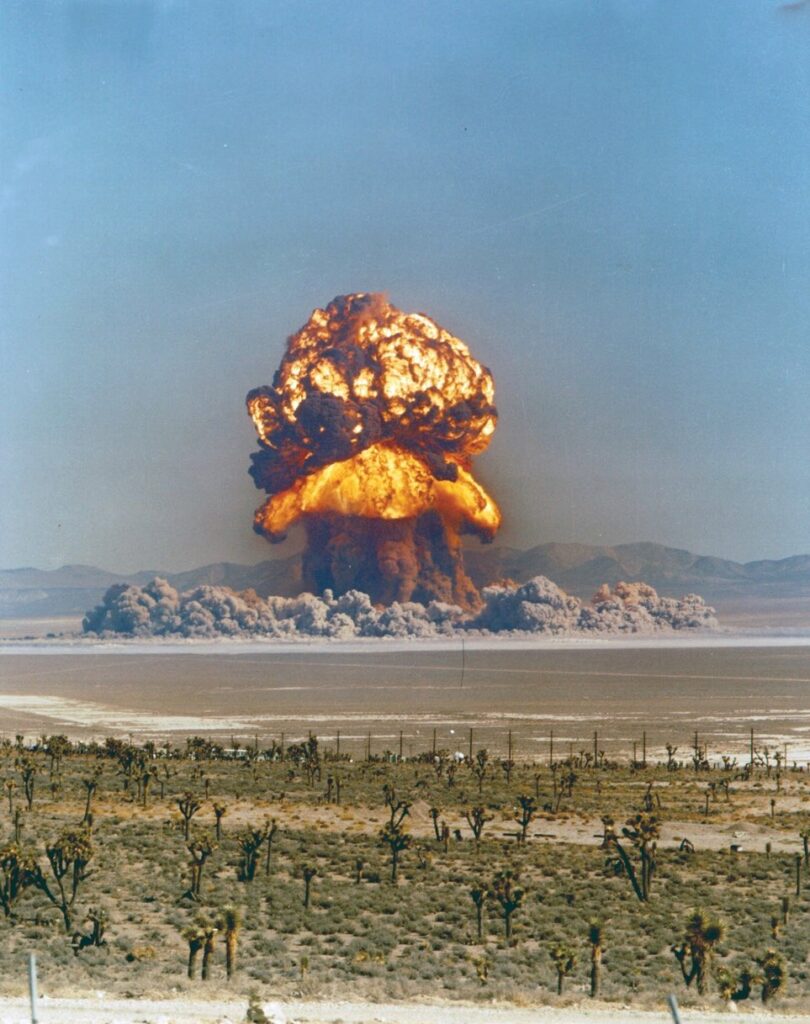
More on this story: Kremlin Continues to Intimidate the West with Nuclear War Threats
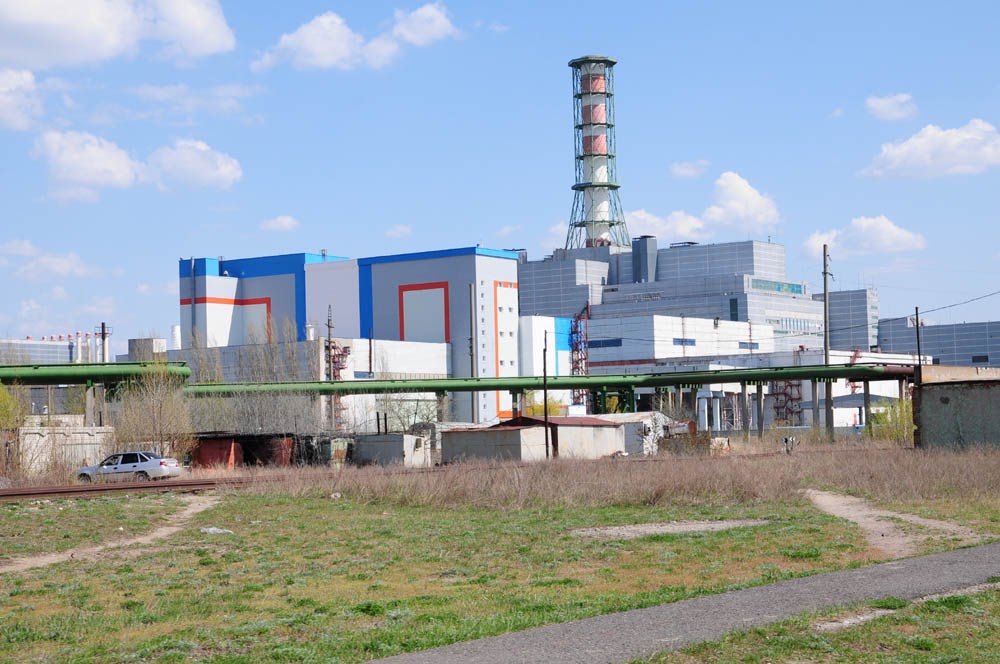
More on this story: Russia looking for reason to launch nuclear testing and total mobilization


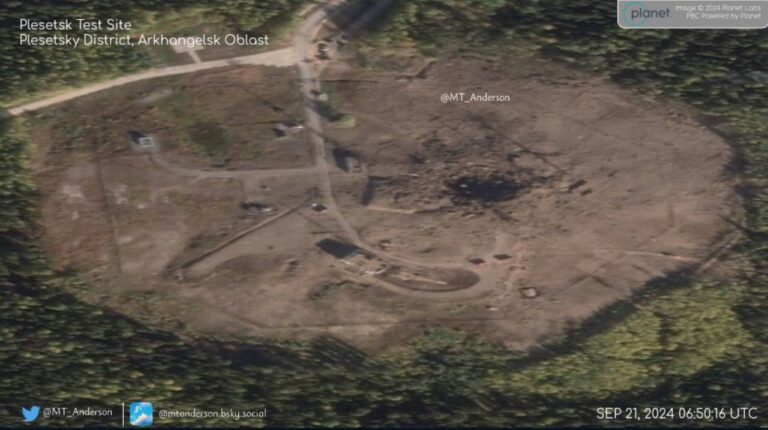


Pingback: RLI: Провал запуску «Сармата» ставить під питання боєготовність ядерного арсеналу РФ | Коректно